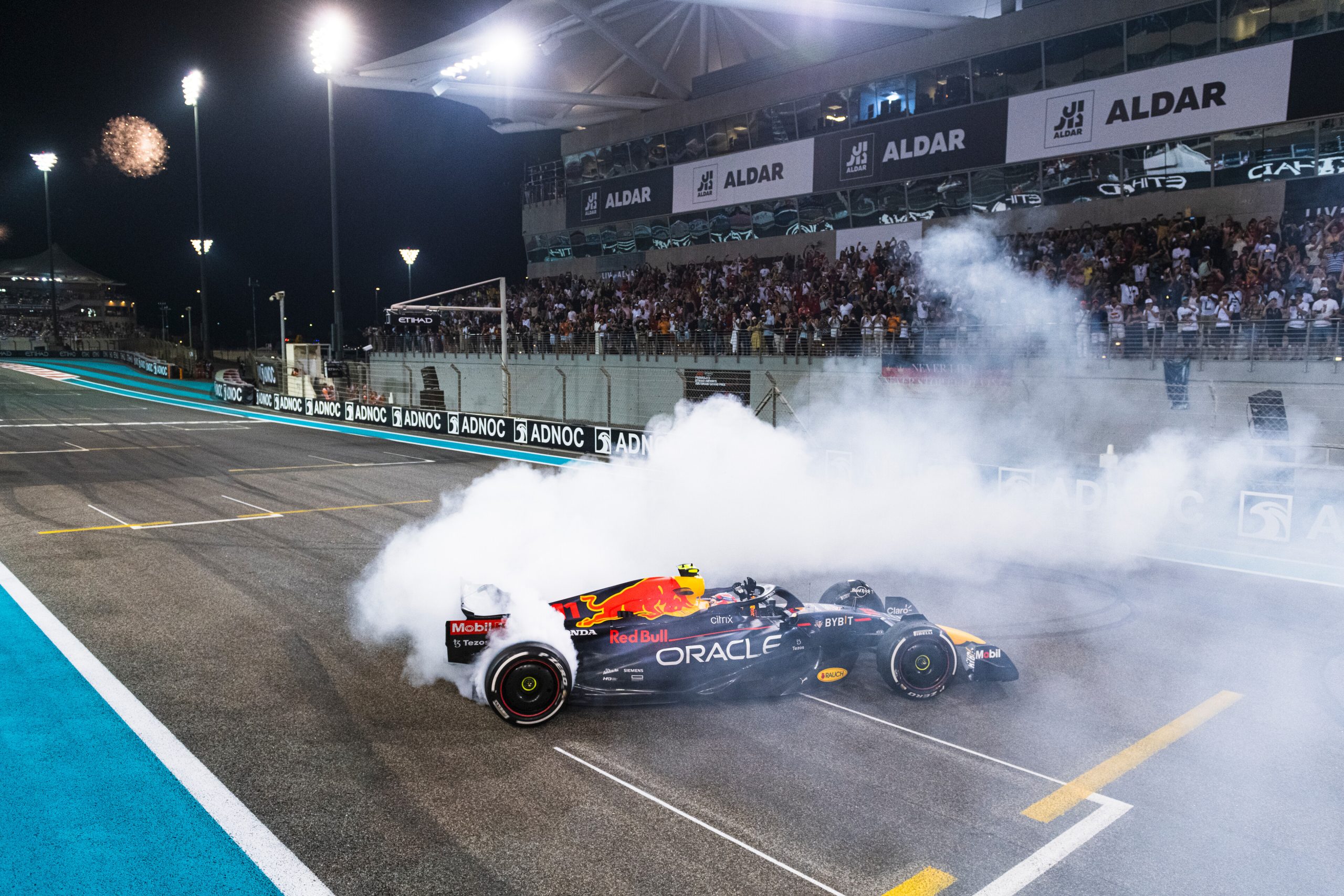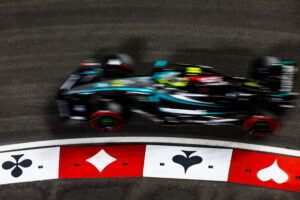An emotional Grand Prix ended the 2022 season. But could the F1 TV Ratings keep up with the controversy from last season’s race?
With Sebastian Vettel’s retirement highlighting the Abu Dhabi Grand Prix, there was a good chance the TV ratings would help the F1 season end on a high note. In comparison to last season, it makes sense that it was unable to keep up with last year’s title-deciding finale. Last year was the Championship battle between Max Verstappen and Lewis Hamilton, and Red Bull vs. Mercedes went down to the final lap. While this past weekend’s race wasn’t relatively as critical, there was only a 3% drop in TV ratings. That means the 2022 season ends with a 28% increase in year-over-year F1 TV Ratings for ESPN.
'22 Formula 1 season smashes U.S. TV viewership records
🏁 @F1 season avg. 1.21M viewers
🏁 Up 28% over record set in '21
🏁 12 of 22 races set U.S. TV event viewership records
🏁 More female & younger viewers tuned in for #F1 races than ever beforehttps://t.co/YgF8lhTxeW pic.twitter.com/fWHLW0ldL2— ESPN PR (@ESPNPR) November 22, 2022
This Season’s Ratings
| Race | TV Rating | Audience | 2021 Rating | 2021 Audience | Difference |
| Belgian GP | 0.57 | 1.045 M | 0.39 | 637 K | 64% |
| Dutch GP | 0.62 | 1.148 M | 0.53 | 870 K | 32% |
| Italian GP | 0.53 | 0.995 K | 0.53 | 880 K | 31% |
| Singapore GP | 0.54 | 1.036 M | 0.37 | 574 K (2019) | 80% |
| Japan GP | 0.28 | .549 K | 0.5 | 756 K (2019) | -27% |
| US GP | 0.64 | 1.113 M | 0.72 | 1.225 M | -9% |
| Mexican GP | 0.55 | 1.029 M | 0.59 | 968 K | 6% |
| Brazilian GP | n/a | 1.4 M | 0.44 | 831 K | 69% |
| Abu Dhabi GP | 0.51 | 930 K | 0.55 | 963 K | -3% |
| Totals/Avg | 0.53 | 1.027 M | 0.51 | 856 K | 27% |
The Data for this Table can be found here
A Season in Review: The TV Rating Version
This season showed that F1 is clearly still on an upward trajectory in the United States. This has been shown time and time again with almost every race seeing an increase since LWOS started tracking the data with the Belgian GP. The only major exception came at the Japanese GP with a steep drop of 27% compared to 2019 (the last time F1 held a race there). Though this can be explained simply by the fact that the race started at 1 a.m. on the East Coast of America.
But early morning races don’t seem to be a deterrent for the American crowd either with the biggest increase coming at the Singapore GP (+80%) which started at 8 a.m. on the East Coast. While the race that I expected to have the largest increase was the American GP in Austin, Texas, it was one of the few to see a decrease this season at -9%. Although, the F1 Championship was decided and the Grand Prix was going up against the NFL.
With a new extension signed with ESPN, the debut of the Las Vegas Grand Prix in 2023, and the arrival of Logan Sargeant the series is in a strong position to continue its growth in America.






